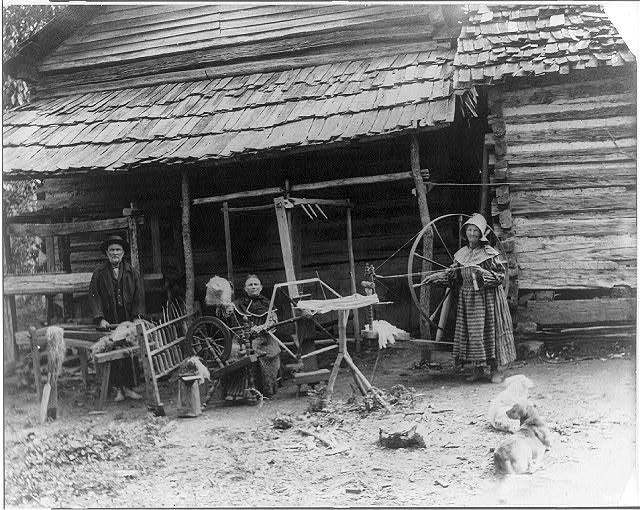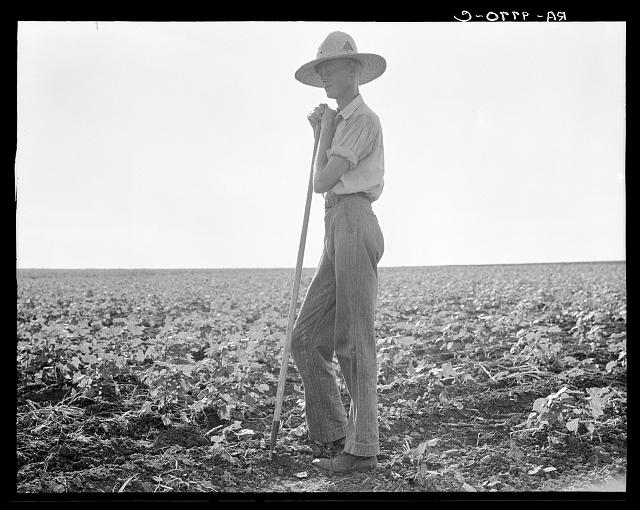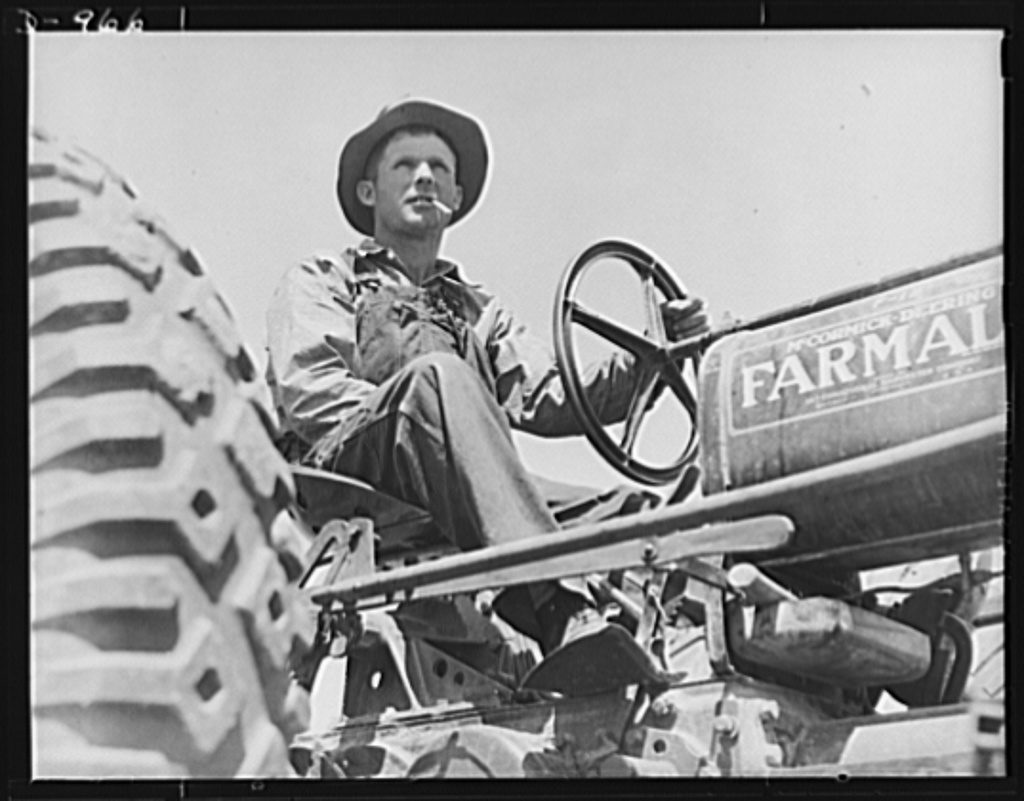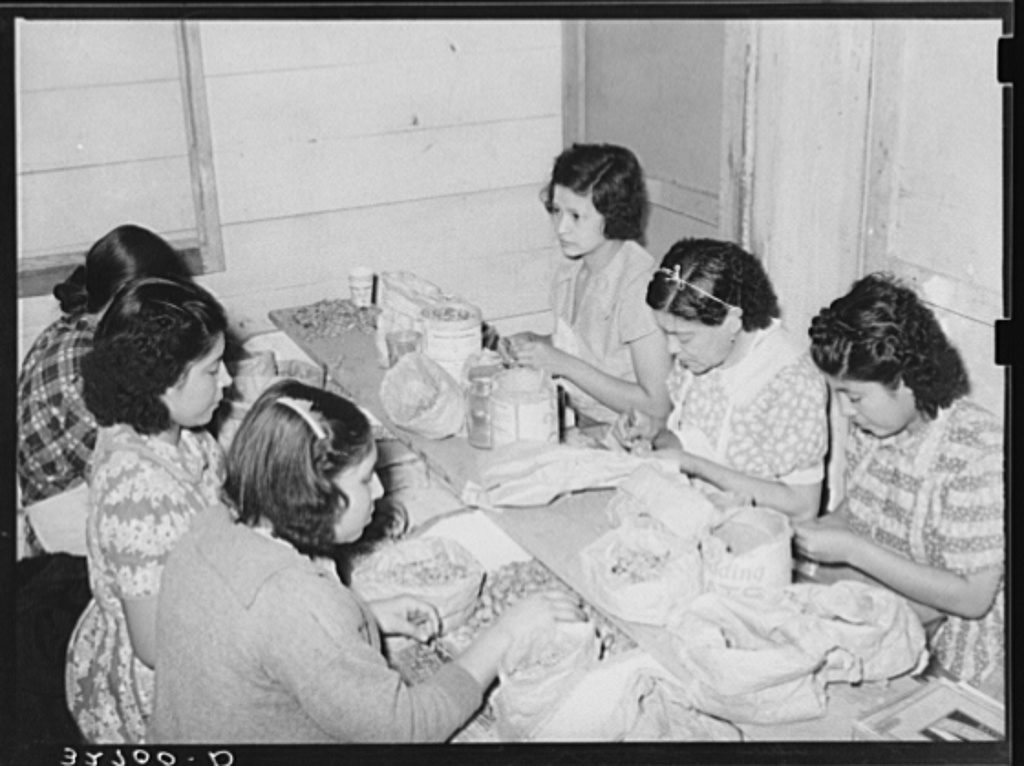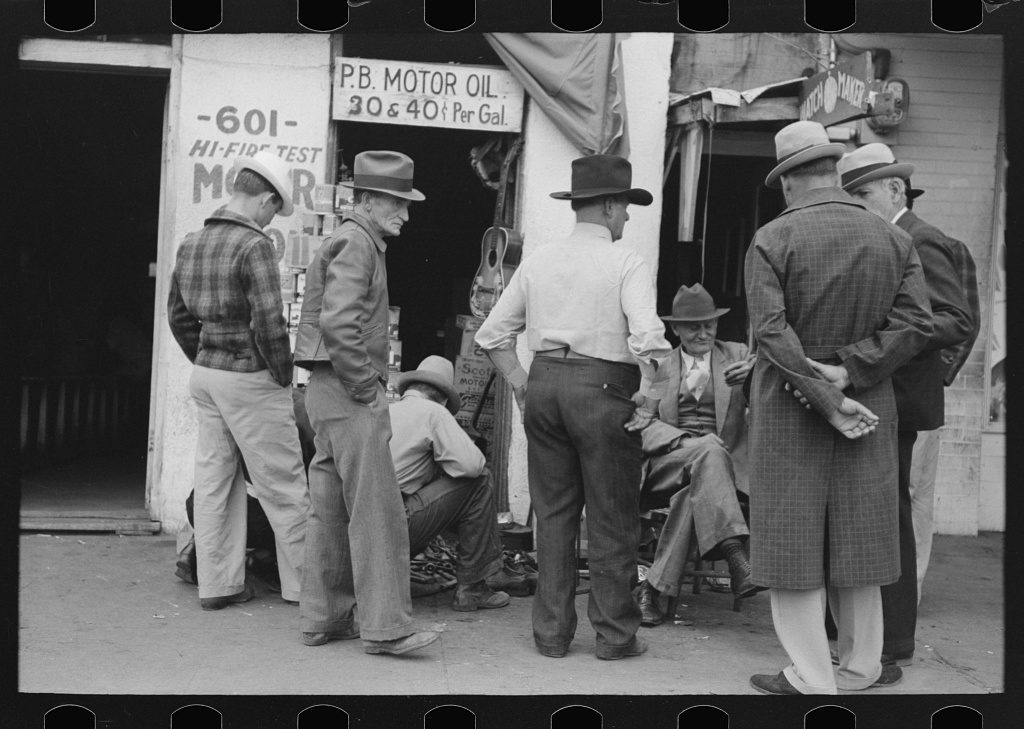The White Working-Class Wasn’t Tricked Into Racism By Trump, They’ve Chosen It, Historically
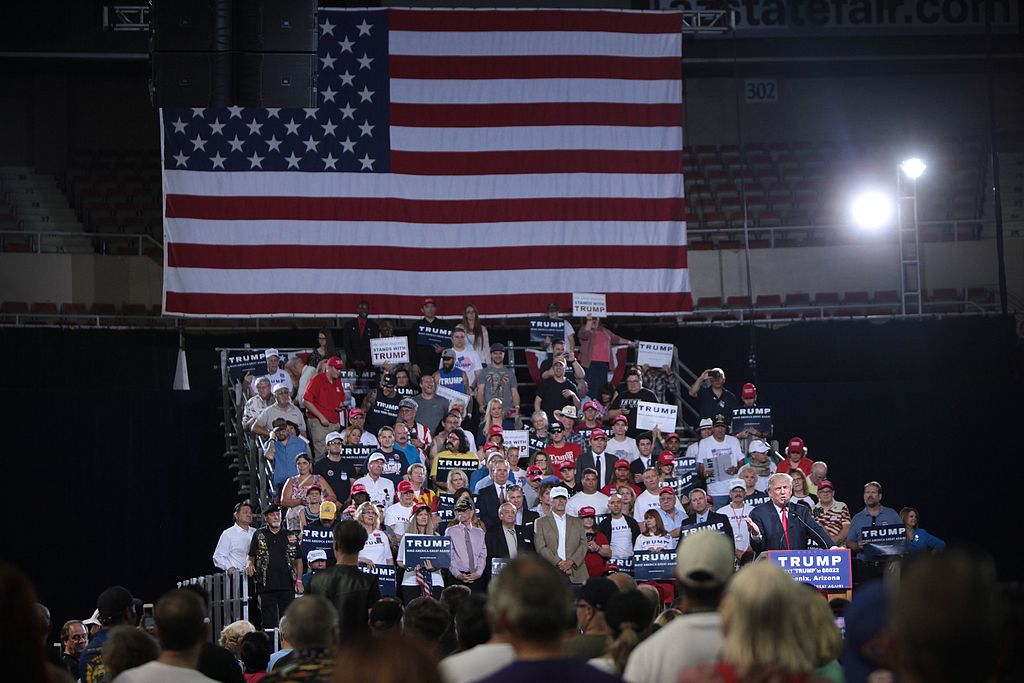
*A great explanation of how Trumpism is not new. Exclusion and blame has been imbedded in white American culture and politics for hundreds of years. This is a very good read, worth your time. VL
![]() By Aaron Sanchez, Commentary & Cuentos (10 minute read)
By Aaron Sanchez, Commentary & Cuentos (10 minute read)
Weeks ago, Hillary Clinton took flak for her passing statement that half of Trump voters were a group that she would characterize as a “basket of deplorables.” Clinton was criticized by many for her statement by both left and right. She ended up apologizing for the percentage (which she claimed was “half”), but not for the statement itself.
The Year of economic anxiety
The criticism she drew from well-intentioned liberal strategists and journalists, builds upon a theme that has grown during this election cycle. 2016 is the year of economic anxiety. During the primary season, two populist dark horses rose to prominence—Donald Trump and Bernie Sanders. Their messages of economic populism struck a deep chord and brought new voters out in droves. Trump, as he likes to mention, received more votes than any other candidate in a Republican presidential primary. Similarly, Sanders energized the millennial vote, a young population that is growing in its electoral importance. The rise of these unexpected candidates was explained through their economic messages. In Sanders, young students and workers were tired of a system that burdened them with school debt and made them pay for three decades of tax cuts for the Baby-Boomer generation. In Trump, white workers saw a figure that put America first and promised to “Make America Great Again.”
[pullquote]Trump, the snake-oil salesman, the crooked used-car salesman, was selling them the empty promise of racism and the poor white working-class was using its last bit of money to buy his magical solutions—a wall so tall that they would be protected and they wouldn’t even have to pay for it.[/pullquote]While Trump declared his run for the White House on an explicitly racist note, it was not until much later—when he issued a call for a banning of all Muslim immigrants and called Judge Curiel a Mexican who was biased and unfit for the bench—that the press started to call Trump a racist. But it was always Trump who was the racist, intentionally leading his supporters astray. The white working-class was not at fault for their racism. They were economically anxious, afraid because they had lost their place in society. They were misapplying their anxieties to communities they had no contact with and couldn’t be blamed for resenting the first Black president, for wanting to deport 11 million Mexican migrants, for wanting to ban Muslims. They were sad they were making less money and losing their cultural hegemony in their nation. Trump, the snake-oil salesman, the crooked used-car salesman, was selling them the empty promise of racism and the poor white working-class was using its last bit of money to buy his magical solutions—a wall so tall that they would be protected and they wouldn’t even have to pay for it.
The white working-class was not tricked.
The notion that the white working-class was somehow tricked into racism or lacked the understanding of global economic change is deeply flawed and it is historically inaccurate. The white working-class was not tricked. They have used racism to combat their economic decline and to assert their social worth at multiple points in U.S. history. White supremacy and their connection to it helped transform them into meaningful contributors to the nation.
In times of economic transformation, white working-class politics have become increasingly radical, while their racism became increasingly reactionary. They used racial others to highlight the social wrongs the new economy was creating. When workers in the 19th century used the phrase “white slavery,” they were not denouncing slavery as a morally bankrupt system. Instead, the phrase was meant to highlight the profundity of the wrong-turn society had taken. In the economy created by the Industrial Revolution, white men found themselves in a debased condition that should only be reserved for subhumans or nonpeople—or in this case African-Americans. The problem for white workers was not that African-Americans suffered from economic exploitation and discrimination. The problem was that whites were increasingly suffering the same fate, an egregious wrong in their eyes.
The changing American dream
By the late 19th century, the economic changes started by the Industrial Revolution continued into the Second Industrial Revolution. The agricultural economy was at a turning point in the nation. Small independent family farms that produced only enough for the family to survive were in decline. Instead, farms—whether small or large—had to be able to produce a surplus to sell on larger markets for a profit. Profit incentive and technological advancements, grew economies of scale in agriculture. Over the course of decades, it became more and more profitable to run a farm like a factory in the fields, instead of a family institution. In places like Texas, according to historian Neil Foley, Anglo farm ownership did not decline in the first three decades of the 20th century, but only 15,000 Anglo farmers joined the rank of independent farmers. However, Anglo tenant farmers nearly doubled from 1900 to 1930. For the rural working-class, the likelihood of the economic independence in the form of land ownership was becoming less realistic. Life-long low paid wage labor or tenancy was their new reality. For people of this time, it seemed that the American dream was lost.
At the same time, work in factories, mines, and railroads was growing. This work was poorly paid and dangerous. It offered no benefits or protections. Workers were injured regularly, losing eyes, arms, and legs was common. Workers died in factory and mining accidents with regularity. While the nation’s economy was growing and corporate profits soared, workers felt none of the benefits.
Across the nation workers and farmers felt that they had lost control over basic decisions in their economy and lives. Various workers’ parties and organizations sprang up across the nation in response. The Socialist Party, Communist Party, the Populist Party all grew in membership, even in states like Texas, Oklahoma, and Arkansas. In the elections of 1912 and 1914 the Texas Socialist Party replaced the Republican Party as the second largest party in the state. Texas and the surrounding states were hotbeds of Populist support. The Socialist Party in Texas even ran an interracial ticket that included African-Americans and Mexican-Americans.
The rise of racist political movements
[pullquote]. . . the radicalism of the white left was limited by its racism. [/pullquote]But overwhelmingly, the radicalism of the white left was limited by its racism. Unions maintained segregated locals that had different wage scales for white and nonwhite workers. Labor disputes between the segregated locals broke out across the South and Southwest. In the Southwest, tensions were exacerbated by the presence of Mexican laborers, who both white and black locals eyed with suspicion. The limited radicalism of white labor was a problem of its longer intellectual heritage, one that mixed Christian and Jeffersonian thought with a moderated Marxist analysis to demand more independently owned white farms rather than proletarian revolution. In other words, they used radical political language and grammar to demand their lost economic positions, which they rooted in racial privilege, as opposed to creating a greater level of global equality.
For instance, the predominantly Anglo International Association of Oil Field, Gas Well and Refinery Workers of America, Local #37 in Ft. Worth passed a resolution accusing ethnic Mexicans of lowering wages and flooding the labor market. They offered their solution:
that all Mexicans…shall carry at all times on their persons their registration papers and shall present them to duly accredited officers of the law for inspections, and where found working anywhere except on the farms and ranches, shall be immediately deported.
In other words, it was poor white workers in the early 20th century that demanded laws—laws that are shockingly similar to Prop 187, SB 1070, and other laws aimed at making it illegal to rent to unauthorized migrants— to control Mexican workers and their presence in the U.S. in order to deal with economic change. They chose reactionary racism, not radical labor activism.
During the Great Depression, white workers again chose racism. In 1932, unemployment reached its high point at 25%. Workers across the country faced uncertain futures. Instead of explaining the failures of the industrial capitalist system, forged in the half century before, they blamed foreigners and nonwhites.
Ethnic Mexicans, both Mexican nationals and Mexican-Americans, were seen as targets. White workers blamed them for taking scarce jobs and resources. Across the nation, a decade long deportation program took shape that voluntarily and involuntarily removed Mexicans from the nation. Anywhere between 500,000 to over 1 million ethnic Mexicans were deported. Texas led the nation in deportees, accounting for nearly half of all repatriated Mexicans.
Ethnic Mexicans were also excluded from emerging New Deal governmental programs. In 1938, proof of citizenship was required to gain access to WPA work and benefits. In an era when births took place in homes and in remote rural areas, birth certificates and other identity documents were scarce. In the case of Mexican-American pecan shellers in San Antonio, Texas, the new requirements proved devastating. Of the 1,800 WPA positions created for them, only 702 workers were certified to work for the WPA. Old-age assistance and unemployment compensation also had citizenship requirements. To receive unemployment compensation, workers had to have been employed twenty weeks out of the year by the same employers. Due to the seasonal nature of ethnic Mexican employment, most failed to reach this prerequisite. Of the 2,000 claims of unemployment compensation filed by pecan shellers in San Antonio in 1938, about 40 percent were rejected.
The racist safety net
Father Charles Coughlin fed the nation’s appetite for nationalistic explanations. The appeal of Coughlin rested in his ability to defend white workers limited communities from the modern industrial state—he blamed the government for white workers losing control of their own lives and livelihoods. Historian Alan Brinkley has explained that white workers sensed “if only vaguely, that the network of local associations which gave their lives meaning were threatened by the emergence of a modern, integrated economy.” They invoked racialized symbols and values in order to claim their worth to the nation.
Eventually, the emerging New Deal state adopted the racialized prescriptions of white citizenship and worth as well as the racial proscriptions of excluding non-whites as non-citizens and unworthy. White workers once again used racism and nationalism to protect themselves from economic decline. In fact, they built the social safety net to only catch them because white poverty was noble and passing in character. Nonwhite poverty, however, was generational and a product of deficient cultures and people. The racialized protections and benefits of the state continued well into the 20th century, through the War on Poverty. Only the Civil Rights Movement challenged minorities’ exclusion. After minorities were able to gain access to these social programs, working-class whites turned their backs on these policies—calling users of welfare programs “welfare queens” and “takers.”
Today, supporters of Trump are no different.
In a time of economic and demographic change, they see the possibility of their decline as evidence of a nation that has taken a wrong turn and a nation that no longer values their work or their values. In an effort to save their position they have torn apart the party that they believed would save them. A half-century of neoliberal policies and ideas have constructed the poor as “dependents” and “takers,” people devoid of profit and pride. Now white workers find themselves in those same conditions, but claim they carry the true character of the nation within them and should therefore curry the nation’s favor.
Instead of reevaluating their position or understanding the larger global context of the current economy, they have chosen racial privilege. Once again, instead of ideological revolution or economic reform, they have chosen a political plan premised on the restoration of white privilege.
This article was originally published in Commentary & Cuentos.
Aaron E. Sanchez is the editor of Commentary and Cuentos, a blog focused on issues of race, politics, and popular culture from a Latino perspective. The posts place these issues in historical, cultural, and intellectual context to better understand our present. Aaron received his Ph.D. in history from Southern Methodist University. He is a happy husband, proud father, and an avid runner.
[Photo s coutesy of Library of Congress and Wiki Commons]
